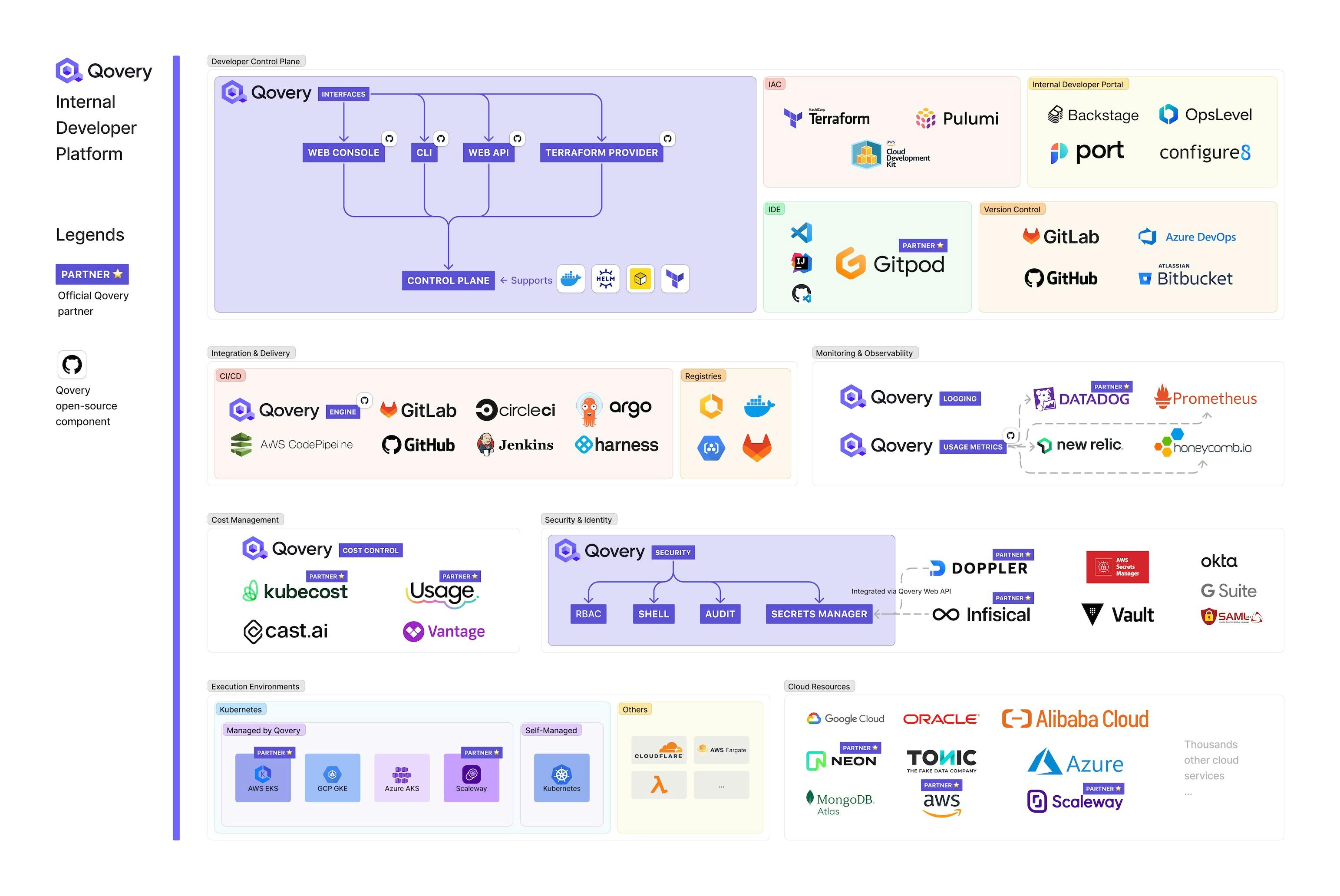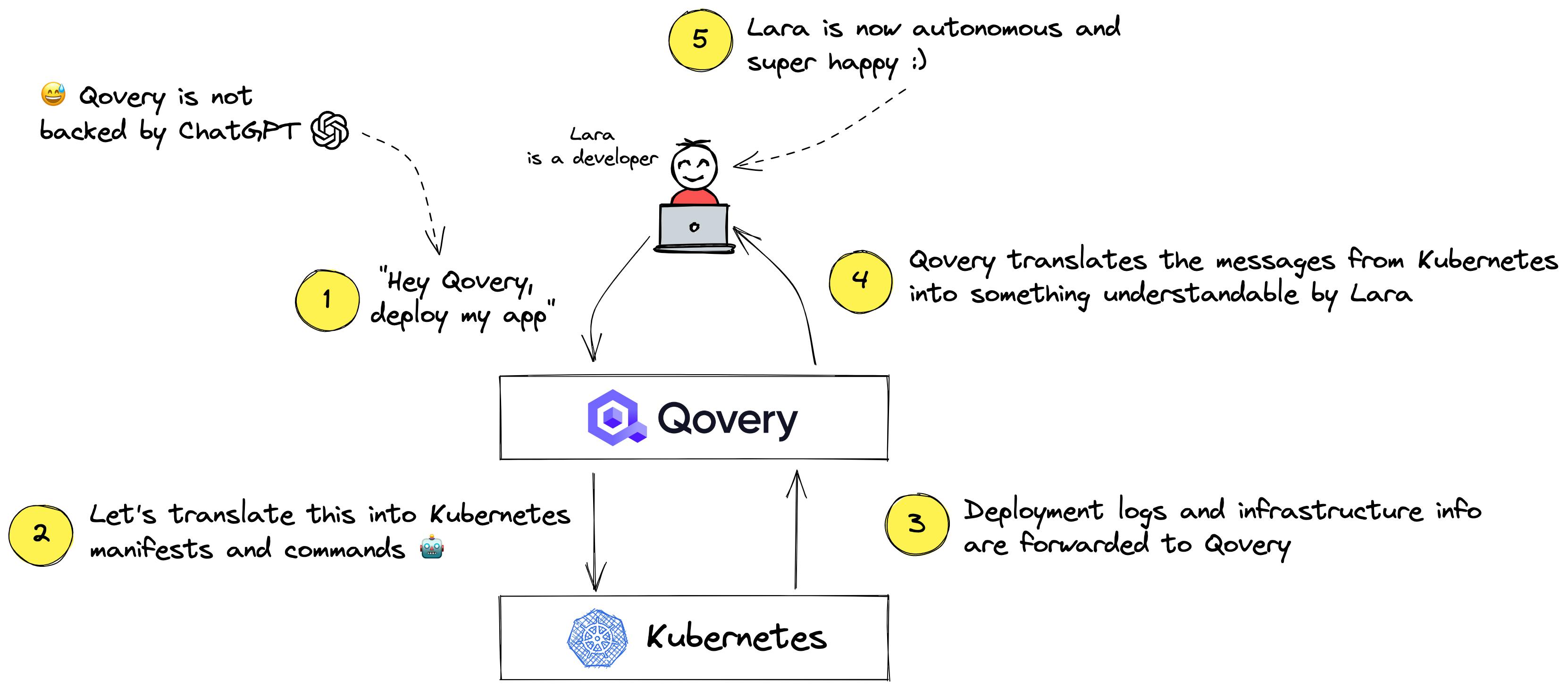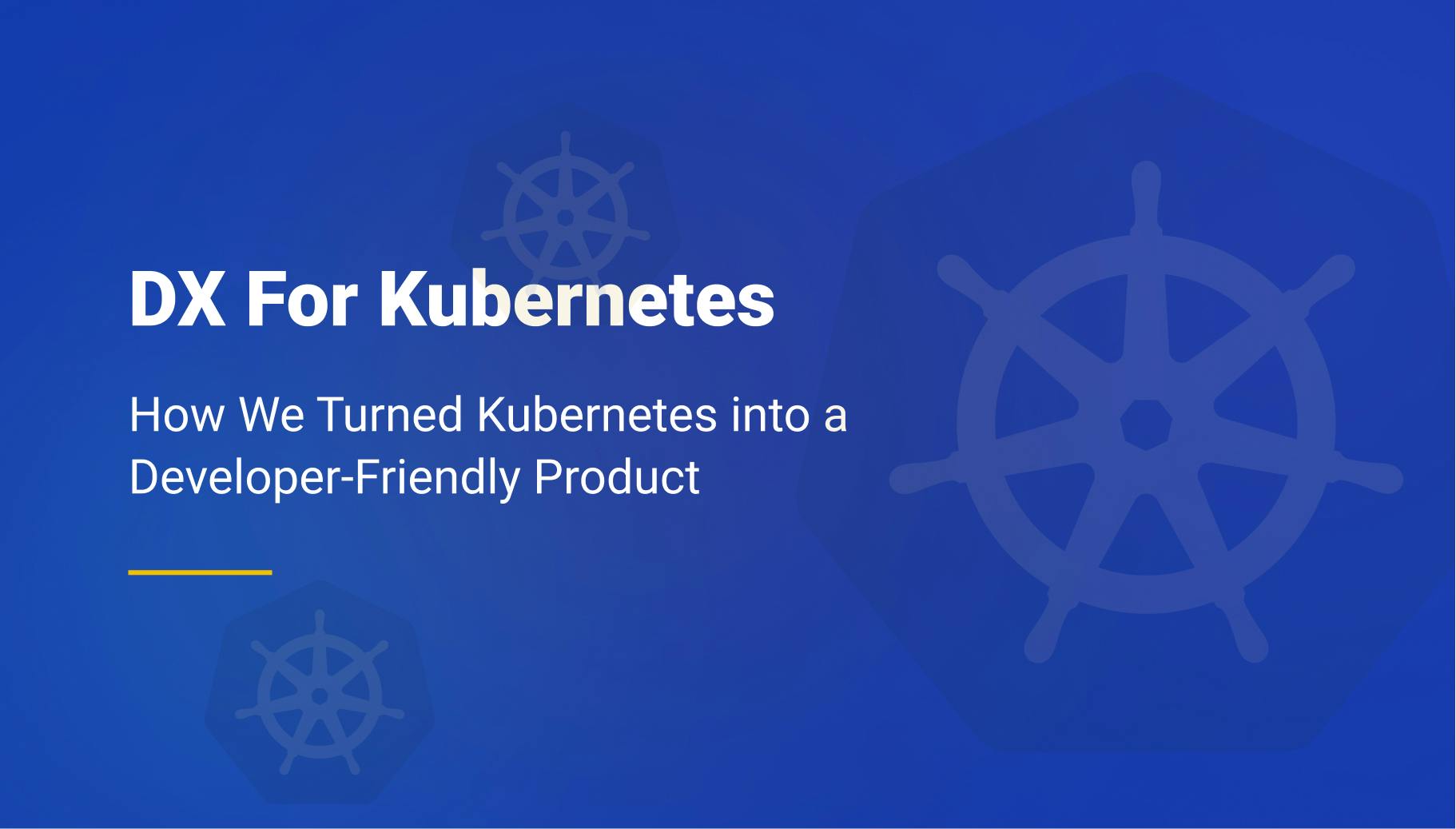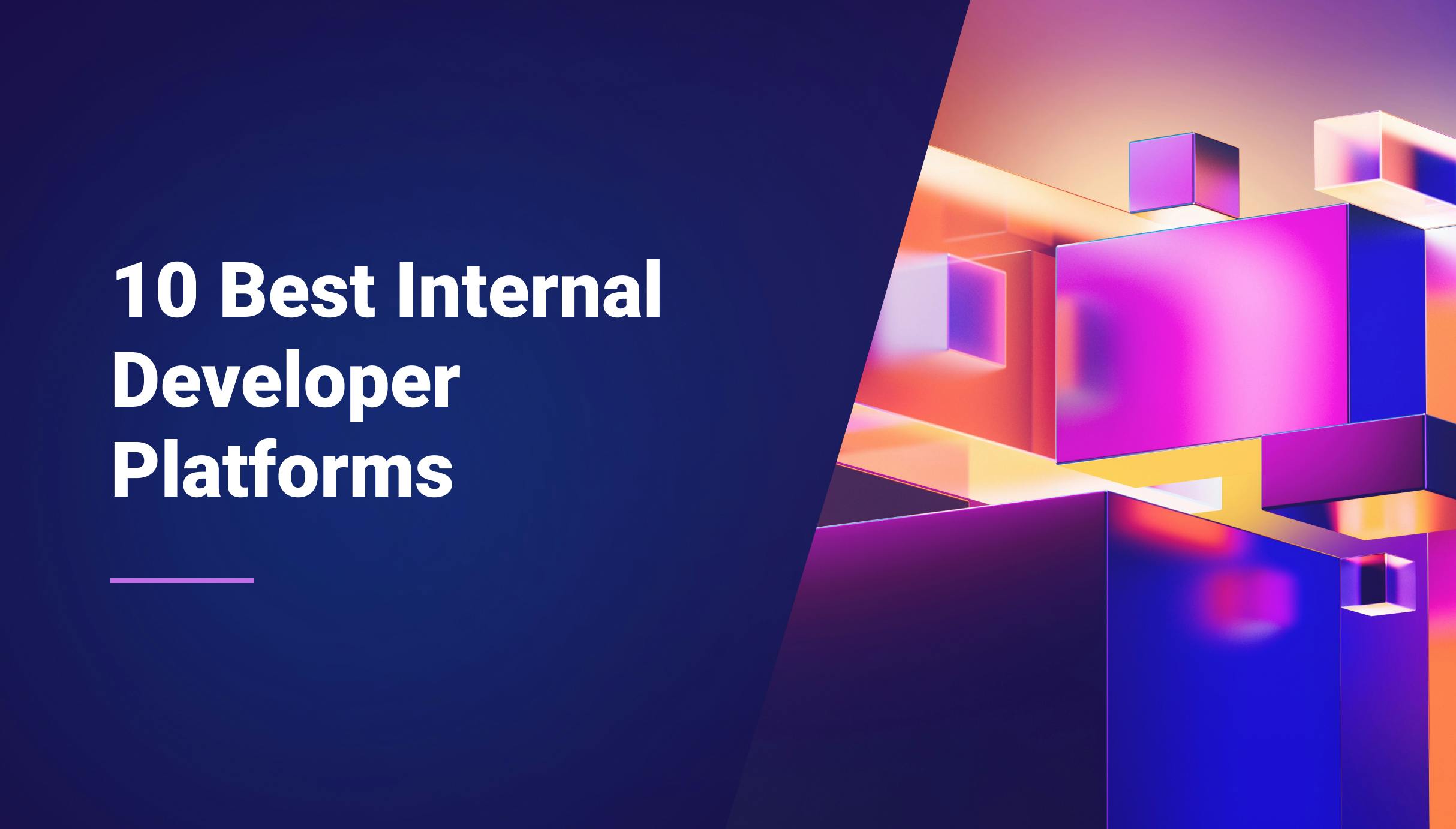Why It's So Complex To Build an Internal Developer Platform on Kubernetes?
The modern software landscape thrives on the efficiency and automation that Kubernetes brings to the table. Its orchestration prowess forms the bedrock of an Internal Developer Platform (IDP). However, converting this technical marvel into a developer-friendly haven is a pursuit that demands meticulous attention and a vast amount of unseen effort. This narrative unfolds the journey from a functional Kubernetes-based IDP to an exemplary one, spotlighting the effort aimed at elevating the Developer Experience (DX).

Romaric Philogène
October 25, 2023 · 2 min read
#I. Bridging the Gap: From Functionality to Excellence

#Intuitive Interfaces
Kubernetes, while powerful, embodies a realm of complexity. Building intuitive interfaces is about simplifying these intricacies, making the interaction seamless for developers. This step is about transcending the technical barriers and providing a user-centric interface that resonates with the developer’s daily workflow.
#Seamless Integration of Tools
The symbiosis of tools like CI/CD pipelines, monitoring systems, and package managers within a Kubernetes ecosystem is crucial for an IDP. Ensuring seamless integration demands a keen understanding of interoperability and an engineering effort aimed at creating a harmonious tooling ecosystem.
#Customization and Flexibility
An exemplary IDP provides a balance between standardization for system integrity and flexibility for developer creativity. Achieving this equilibrium is a nuanced endeavor, allowing developers to tailor the environment to their needs while maintaining a coherent system architecture.
#II. Self-Service Developer Experience: Fostering Developer Autonomy
The self-service paradigm is about empowering developers with the autonomy to provision, manage, and operate services independently. Implementing self-service capabilities in a Kubernetes-based IDP entails setting up role-based access controls, service catalogs, and automated workflows.

This self-service realm not only enhances developer autonomy but accelerates the development-to-deployment journey, all within a governed and compliant framework.
#III. Feedback Loops: Cultivating a Culture of Continuous Improvement
Constructing robust feedback loops within the IDP is central to fostering a culture of continuous improvement. This involves an extensive engineering effort to set up automated testing frameworks, real-time monitoring, and insightful analytics, ensuring developers receive timely and relevant feedback to iterate and improve.

The classic Software Development Life Cycle also works for building an IDP with outstanding developer experience.
#IV. Training, Documentation, and Community Building
An enriched developer experience is often underpinned by comprehensive documentation, robust training programs, and a thriving community. The unseen work here involves creating in-depth documentation, organizing training sessions, and nurturing a community of practice, all aimed at empowering developers to effectively leverage the IDP.
#V. Continuous Evolution: Adapting to the Dynamic Developer Needs
An IDP is a living, evolving entity. Its continuous evolution to meet the changing needs of developers is a testament to the proactive and forward-thinking approach required. This evolution encompasses system upgrades, identifying areas of improvement, and innovating to continually augment the developer experience.
#Conclusion
Building an exemplary Internal Developer Platform on Kubernetes is a holistic pursuit. It transcends the technical orchestration and delves into meticulously crafting a developer-centric environment. The unseen work in enhancing the Developer Experience is a journey of relentless effort and a testament to the commitment to delivering an outstanding developer-centric platform.
Your Favorite Internal Developer Platform
Qovery is an Internal Developer Platform Helping 50.000+ Developers and Platform Engineers To Ship Faster.
Try it out now!

Your Favorite Internal Developer Platform
Qovery is an Internal Developer Platform Helping 50.000+ Developers and Platform Engineers To Ship Faster.
Try it out now!


